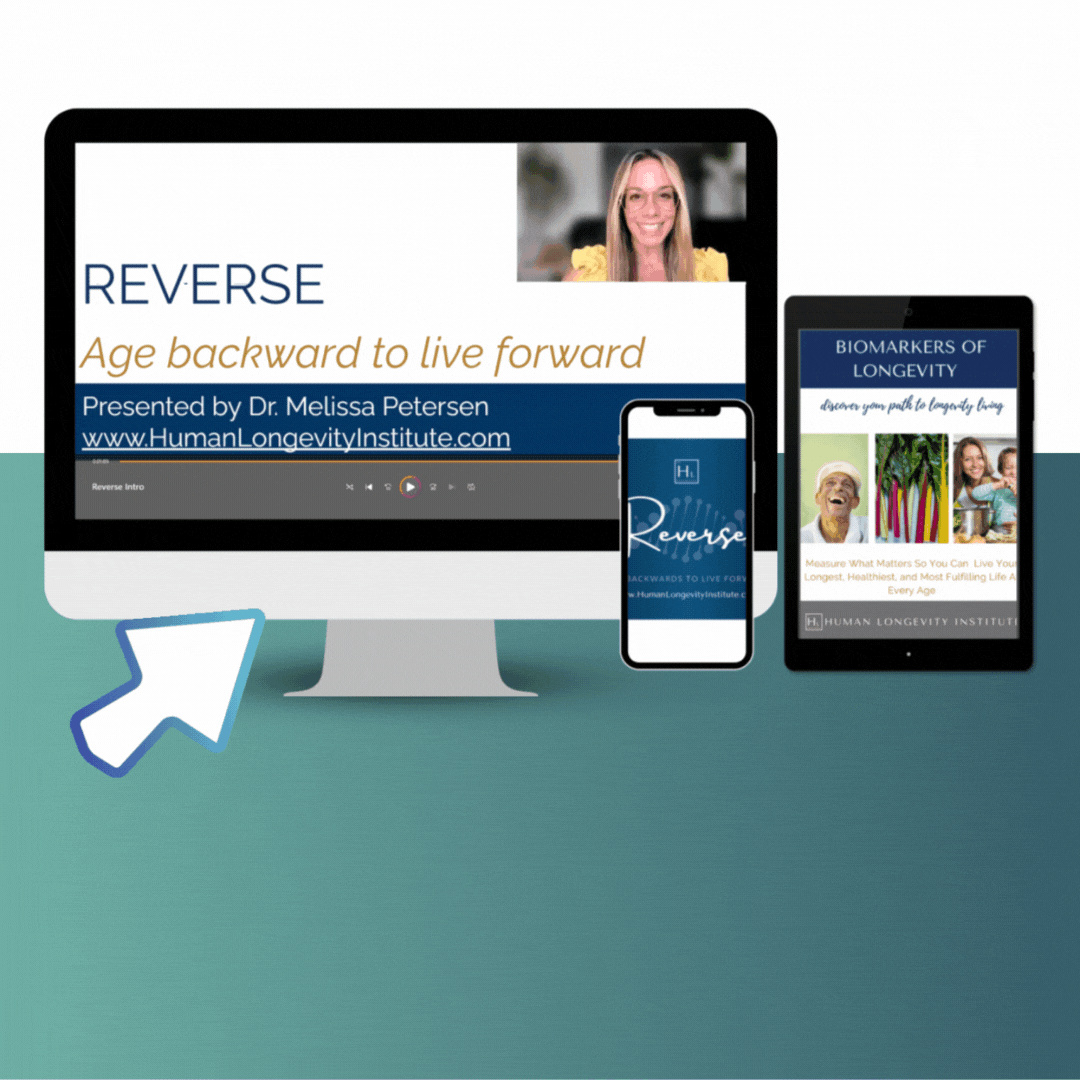In a world where urban sprawl and digital immersion are facts of life, the call of the wild—gentle as it may be—is more crucial than ever. Recent research from North Carolina State University, published in Science of The Total Environment, has shown a fascinating biological response to being near nature: living close to greenspaces can actually slow down the aging process at the cellular level.
Unraveling Nature’s Youthful Secret
The study analyzed health data from nearly 8,000 individuals, drawing on the CDC’s National Health and Nutrition Examination Survey. By examining the length of telomeres—the protective caps on the end of our chromosomes that wear down as we age—the researchers discovered that individuals with more exposure to nature had notably longer telomeres. Longer telomeres are associated with slower aging, and enhanced healthspan suggesting that the more greenspace around, the slower the biological clock ticks.
While the study controlled for factors like socioeconomic status, race, and lifestyle habits, it’s clear that nature plays a pivotal role. But this is just the tip of the iceberg when it comes to the benefits of interacting with nature.
Beyond Aging: The Holistic Benefits of Nature
1. Boosted Immune Function: Japanese research on ‘forest bathing’—simply being in the presence of trees—shows that natural environments can boost our immune system. Phytoncides, which are organic compounds emitted by trees, have been found to increase the activity of natural killer cells in our immune system, helping to fight off infections and cancer.
2. Enhanced Mental Health: Numerous studies have linked greenspaces with reduced levels of stress, anxiety, and depression. Nature acts as a calming backdrop that contrasts sharply with the high stimuli of urban environments, reducing sensory overload and aiding in emotional regulation.
3. Improved Cognitive Function: Being outdoors not only clears the mind but can actually enhance cognitive function. A study from the University of Michigan showed that walking in nature could improve memory and attention by 20% compared to walking in urban settings. This cognitive refresh can lead to improved concentration, creativity, and problem-solving skills.
4. Increased Physical Activity: Natural settings invite physical activity—whether it’s hiking, walking, or playing sports. This not only contributes to cardiovascular health but also aids in weight management, muscle strengthening, and overall physical health.
5. Social Cohesion: Greenspaces often act as communal hubs, fostering social interactions and community cohesion. They provide a venue for physical activities, social gatherings, and cultural events, enhancing community health and individual well-being through social connections.
6. Environmental Benefits: The presence of robust greenspaces in urban areas contributes to better air quality, reduced heat islands, and greater biodiversity. These environmental benefits are crucial for sustainable urban living and for the health of the planet itself.
Embracing the Green
Given these comprehensive benefits, it’s key to realize that from a longevity living standpoint, our environment matters! How we live today impacts our tomorrow and the tomorrows of future generations. From the macro, it is key for urban planners and policymakers to prioritize the integration of greenspaces into urban environments. To the micro, for individuals, simple steps like regular walks in the park, weekend hikes, or even gardening can help tap into the restorative powers of nature.
So, the next time you feel overwhelmed or run down, remember that nature is not just a luxury—it’s a necessity. Embrace the green, breathe deeply, and let nature support you to live better today for longer, healthier and happier tomorrow.
#HealthAndWellness #NatureHeals #GreenLiving #HealthyLiving #WellnessJourney #longevitymedicine #lifestylemedicine #epigenetics #HolisticHealth #Lifespan #AgeReversal 🌱✨
Ogletree, S. S., Huang, J.-H., Reif, D., Yang, L., Dunstan, C., Osakwe, N., Oh, J. I., & Hipp, J. A. (2023). The relationship between greenspace exposure and telomere length in the National Health and Nutrition Examination Survey. Science of The Total Environment, 905, 167452. https://doi.org/10.1016/j.scitotenv.2023.167452






